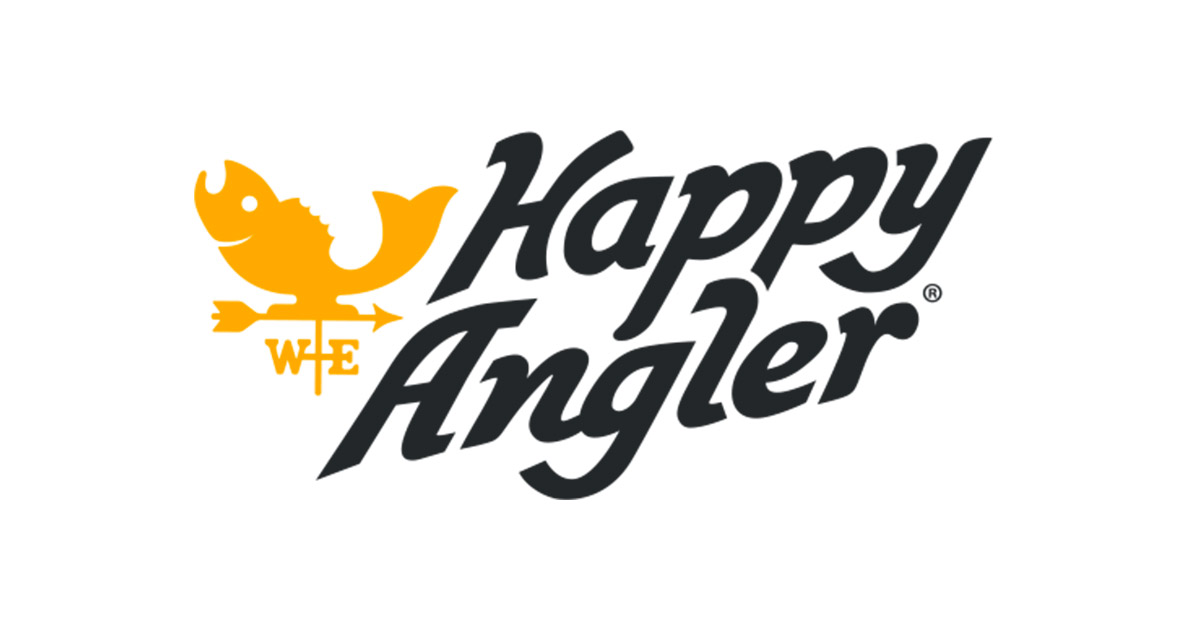
Using a downrigger to ensure the right lure depth
Downrigger allows trolling anglers to ensure that their lure is swimming at the intended depth. With a downrigger, you can direct a plug that would normally swim at a depth of one meter to dive down to 20 meters, for example. When the water is warm and the fish prefer to swim deeper in the cooler water layers, a downrigger is an excellent tool for trolling. With a downrigger, you can also fish accurately near the bottom. This application requires a sonar, as that will provide accurate information on the depth of the water underneath your boat.
Downrigger is an effective tool for trolling for almost any predator. For example, pike often lie near the bottom in the summertime, whereas waters between 5–8 meters deep are fruitful in the autumn. With a downrigger, you can ensure that your lure is at the correct depth. Controlling the swimming depth with a downrigger is easier than with a diver, for example.
When purchasing a downrigger, you should consider the areas you prefer to fish in. If you favor shallower lakes (less than 10 meters deep), you will manage fine with a lighter downrigger and a weight of 4–5 kg. In turn, if you prefer to fish deeper (10–30 meters), you should buy a slightly heavier downrigger with a larger weight around 7 kg. When installing a downrigger, it is important to ensure that the base is mounted securely onto the boat. Good places to mount the downrigger include the rear corners of the boat or a spot slightly away from the stern toward the bow. The main thing is to ensure that the downrigger is easily and quickly accessible.
A downrigger set will typically include a downrigger, wire, weight clasp, and line release or trigger. In addition to these, you will need a weight. Weights come in various sizes, and you cannot go wrong with a flat disc or a torpedo-shaped one. The trigger can be attached directly to the weight or to the wire with a line release above the weight.
Using a downrigger:
- Release a suitable length of line from the spool. Downriggers can be used with varying release lengths. 5–10 meters is a suitable length for pike or zander, but a pike will often attack the lure even two meters from the weight.
- Once you have released the appropriate amount of line, attach the line to the trigger.
- Place your rod onto a rod holder, release the spool and activate the ratchet to ensure that the line stays tight enough.
- Lower the downrigger to the desired depth.
- Lock the spool and reel in the slack such that the downrigger rod is slightly bent.
- When a fish attacks the lure, the line is released by the trigger, allowing you to reel the fish in.
If you want to raise the downrigger, bring it up to the desired depth and reel in the slack, once again leaving the rod slightly bent. If you want to lower the downrigger, activate the ratchet of your reel, release the spool, and lower the downrigger to the desired depth. Once again, reel in the slack until the rod is slightly bent. A bent rod will allow you to spot bites easier from the tip. The fish will also trigger the line release more easily.
Remember to keep an eye on the depth using your sonar to prevent the downrigger from dragging on the bottom. Fish can also often be found in middle water, where you can accurately place your favorite lures with a downrigger.
Tuomas and Jussi Hutri
KuhanVetäsen Trolling Team
KuhanVetäsen Trolling Team is a partner of the Happy Angler online store.






